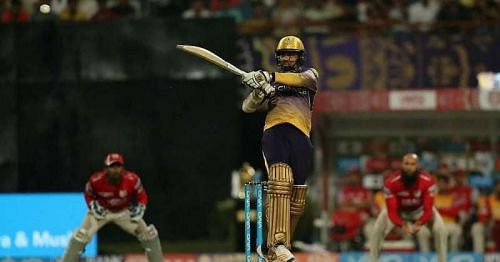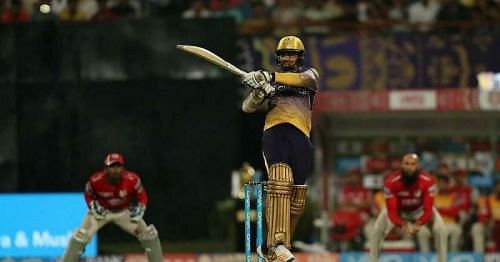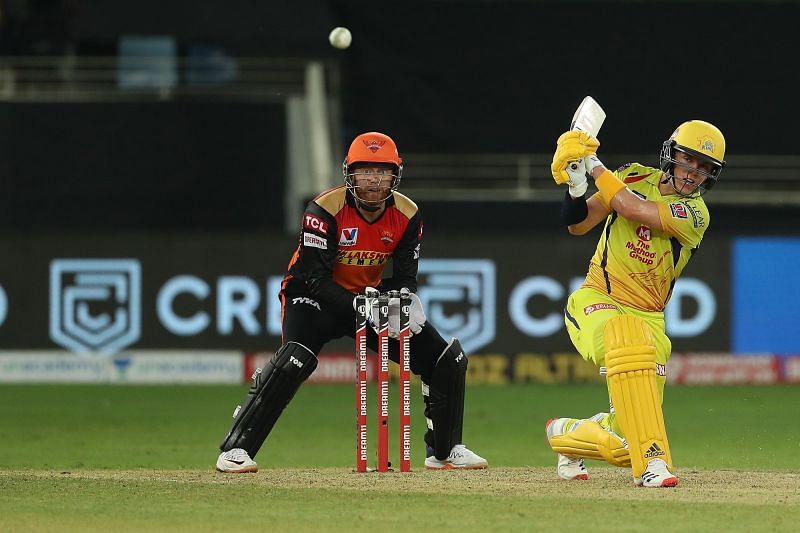
IPL 2020: An ingenious strategy - pinch hitters in the middle-overs

IPL is an showcase of out of the box stuff. Out of the box shots, catches, deliveries and even strategies.
In the match against the Chennai Super Kings(CSK), Sunil Narine batted at number 4 for Kolkata Knight Riders (KKR). Similarly Sam Curran has been given a role in the middle order for the yellow brigade, CSK. In the match between Mumbai Indians (MI) and Rajasthan Royals (RR), Rohit Sharma promoted Krunal Pandya to the number five position - although he did end up becoming a meme on social media for his expressions.
The promotion of pinch hitters or batsmen who can play quick cameos in the IPL is a fact that is pretty clear but the interesting part is the time at which they are sent in to bat. It is not about the position in the batting order but the phase of the innings; ideally in the 'middle-overs'.
This strategy is ingenious and can change the dynamic of the game. Such clever thinking is what makes IPL even more interesting.
The IPL middle-over conundrum
The scoring rate in the middle-overs drops sharply for most of the IPL teams. Overs 7-16 are usually about building the innings with the help of singles, doubles and occasional big hits. The strategy of sending pinch-hitters in the middle overs aims to fetch as many extra runs as possible in these usually quiet overs.
It is the most effective in four specific cases in the IPL:
1. Depth in the batting order: A batting order like KKR, MI or CSK that has a number of finishers can easily use one of them in the middle overs to boost the run rate. KKR has Cummins, Russell and Narine. MI has Pollard and the Pandya brothers. CSK in fact has four of them - Dhoni, Curran, Bravo and Jadeja. Many other IPL teams also have their pick of pinch hitters for this purpose.
2. Batting first: If a team is batting first on a belter of a wicket (like Sharjah), it is a good idea to score as many as possible. Scoring big just in the powerplays or the death overs won't suffice, as it is turning out in this IPL, and the team also needs some quick runs in the middle-overs.
3. Strong Start: If a team is already off to a flyer and a wicket falls in the middle overs, chances are that the run rate would be dented and the momentum might be lost. We have seen this all too often in the IPL.
To ensure quick flow of runs, a pinch hitter can be sent in at that juncture.
4. They can play spin well: Spinners majorly operate in the middle overs and the batsman who is assigned this role must be a good player of spin. For instance, CSK sending in Curran against spinners (especially left armers), has proved to be fruitful.

Bowlers in the middle-overs
Teams try to use their 5th and 6th bowling options during the middle-overs as the field restrictions are slightly eased out. These bowlers can be vulnerable at times and the batting team can exploit this vulnerability by sending big hitters to the crease.
If the trick works and the batsmen scores a quickfire 20 off 8 deliveries, say, the fielding captain will be forced to make a bowling change. To stop leaking runs, he will get in a prime bowler in. This in turn creates a void in the death overs which can be capitalized on.
Pitfalls
The concept as a whole does appear to be a masterstroke but there are pitfalls as well that IPL teams must be wary of. The strategy can backfire as it did in case of Krunal Pandya who trudged his way to 12 off 17 deliveries.
Fortunately, MI ended up winning the game on the back of some great bowling. Such strategies could be risky while batting second as it can put immense pressure on the remainder of the batting unit.